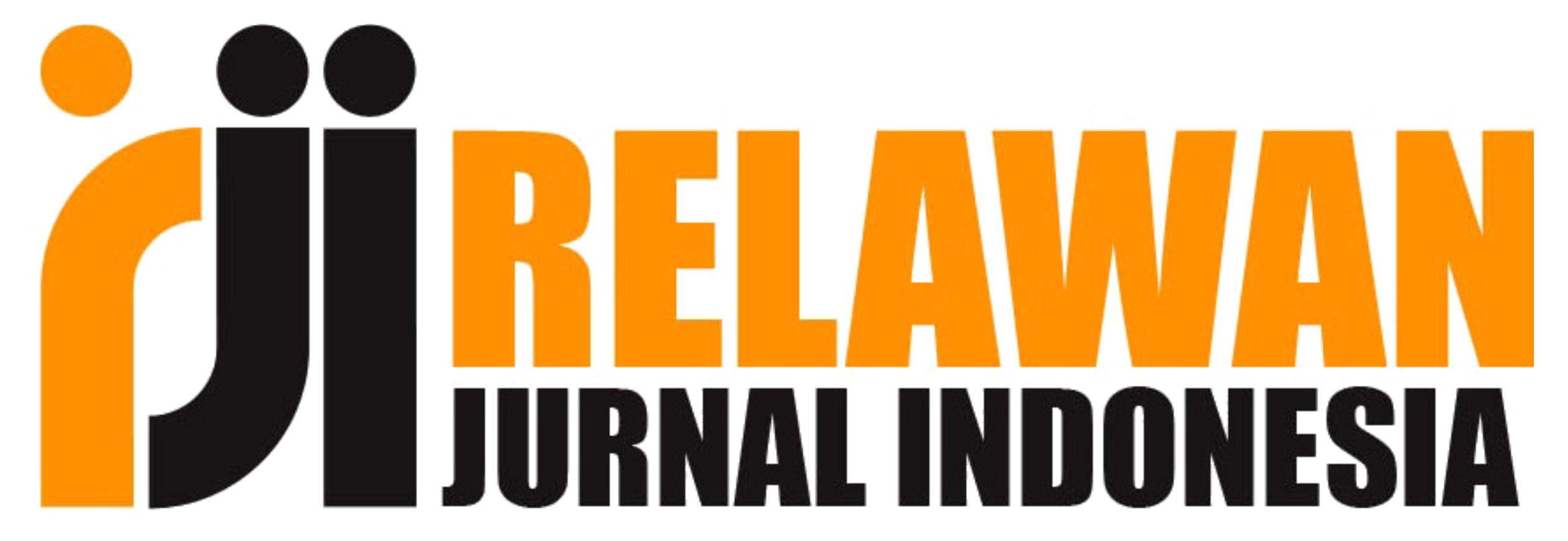Preferensi Konsumen Terhadap Transportasi Publik (Studi Kasus Bus Rapid Transit (BRT) Kota Semarang)
Abstract
Abstrak
Kota Semarang sebagai ibukota Provinsi Jawa Tengah memiliki tingkat kepadatan penduduk sebesar 4.269 jiwa/km2 pada tahun 2015. Dengan tingkat kepadatan yang cukup tinggi, mobilitas yang terjadi akan terus meningkat. Pemerintah mengatur kebijakan Lalu Lintas dan Angkutan Jalan melalui Undang-Undang Nomor 22 Tahun 2009 pasal 158 ayat 1, pemerintah kota Semarang menyediakan kebutuhan angkutan massal di kawasan perkotaan berupa Bus Rapid Transit (BRT) Trans Semarang. Penelitian ini bertujuan untuk menganalisis preferensi konsumen dari segi harga, kenyamanan, keandalan, aksesibilitas, dan keamanan terhadap kemungkinan pemilihan moda BRT dan moda transportasi Non-BRT. Penelitian ini menggunakan 100 responden dengan purposive sampling. Model Binary Logistic Regression digunakan untuk mengetahui pengaruh variabel independen terhadap variabel dependen pemilihan moda BRT dan Non-BRT. Hasil penelitian menunjukkan bahwa pemilihan moda BRT dan Non-BRT di Kota Semarang didominasi oleh pengguna 82 responden untuk BRT dan 18 responden untuk Non-BRT. Pemilihan moda BRT dan Non-BRT dipengaruhi oleh harga, faktor kenyamanan, keandalan, aksesibilitas dan keamanan.
Kata Kunci: Pemilihan Moda, Bus Rapid Transit (BRT) Trans Semarang, Binary Logistic Regression.
Abstract
Semarang as the capital city of Central Java Province has a population density of 4.269 per square kilometer in 2015. Due to high population density, communities’ mobility will also be increasing. Government arranged the policy related to traffic and public transportation in the Law Number 22 Year 2009 article 158 paragraph 1, the government of Semarang City has guaranteed the availability of road-based transportation in Urban Areas by providing public transportation namely Bus Rapid Transit (BRT) Trans Semarang. This research aims to analyze communities’ preference in terms of price, convenience, reliability, accessibility, and safety toward the possibility of BRT and Non BRT transportation modes selection. This research uses 100 respondents by Purposive Sampling. Binary Logistic Regression model is applied to determine the effect of independent variable towards dependent variable of BRT and Non BRT transportation modes selection. The result of this research indicated that BRT and Non BRT transportation modes selection in Semarang City are dominated by 82 respondents of BRT users and 18 respondents of Non BRT users. BRT and Non BRT transportation modes selection are affected by the factor of price, convenience, reliability, accessibility, and safety.
Keywords: Modes selection, Bus Rapid Transit (BRT) Trans Semarang, Principal Component Analysis, Binary Logistic Regression.
Full Text:
PDFDOI: http://dx.doi.org/10.24856/mem.v33i1.617
Article Metrics
Abstract view : 4430 timesPDF - 0 times
Refbacks
- There are currently no refbacks.
Copyright (c) 2018 Media Ekonomi dan Manajemen

This work is licensed under a Creative Commons Attribution 4.0 International License.







